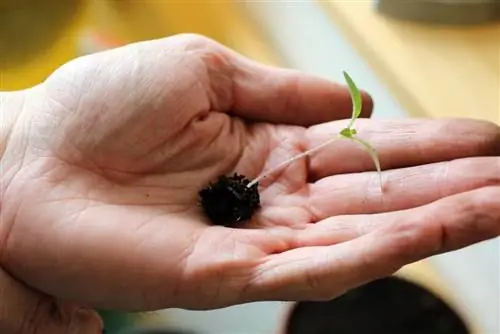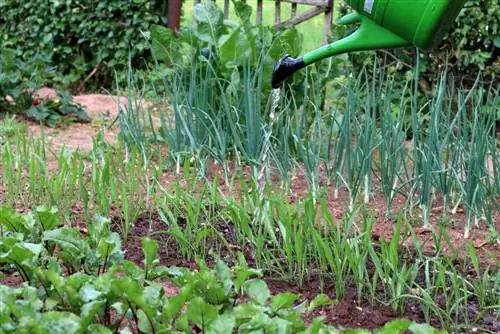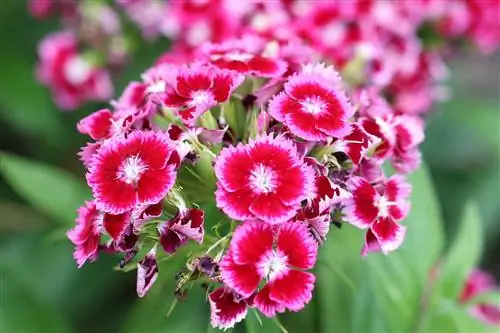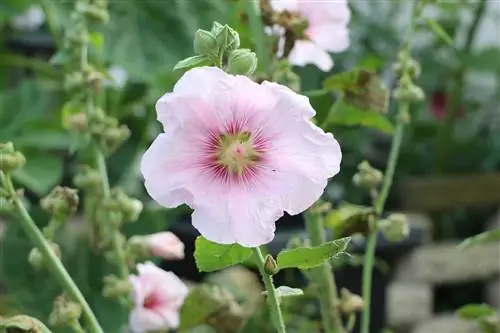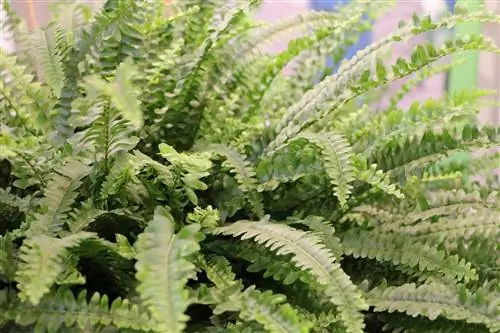- Author admin [email protected].
- Public 2023-12-17 03:39.
- Last modified 2025-01-24 12:45.
Every plant and every seed has proteins called photoreceptors that react to sunlight. The resulting changes in the seeds are a prerequisite for germination.
Light and dark germs are like day and night
In addition to water, temperature and oxygen, light and darkness also influence germination. While some need a lot of light, it can prevent others from germinating or growing. As a rule, the decisive factor is not the light intensity, but the quality of the light. But there are also seeds that germinate independently of light, so-called light-neutral germination types.
Light germinator
As the name suggests, light germinators need sufficient light to germinate. With the help of their photoreceptor proteins, they can perceive certain light spectra that start the germination process.
- Light germinators use short-wave, bright red spectral range of light
- Seeds of these plants are usually very small and light
- Contain hardly any nutrient tissue or only a few storage substances
- Needed for germination and in the first days and weeks of growth
- Shoots of seedlings usually weak
- If there is a lack of light, young plants cannot penetrate dense soil layers
- The seeds usually do not germinate
- Light germinators include some herbs, vegetables, berries and ornamental plants
Tip:
If light-germinating seeds were irradiated with dark red light, for example, germination would not occur.
Sowing instructions
In principle, seeds should always be placed twice as deep in the soil as they are thick. This means that the tiny seeds of light germinators are only covered very thinly with fine sand or soil. The layer of fine sand should not be thicker than a single seed. This would also have the advantage that the seeds cannot be blown away. If the plants are grown indoors, it is advisable in most cases to cover the sowing container with translucent foil to increase the humidity and support germination.
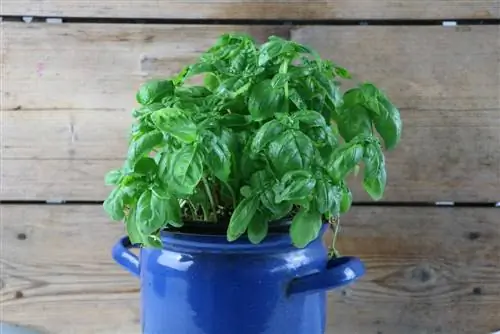
Tip:
After the seeds have been distributed on the substrate, they should be pressed carefully so that they come into contact with the soil.
Examples of light germinators
Light germinating herbs
- Basil
- cress
- Dill
- Lavender
- Thyme
- Rosemary
- Sage
- Tarragon
- Chamomile
- Peppermint
- Marjoram
- Lemon balm
- Savory
- Mugwort
- Melissa
- Oregano
- Caraway
Vegetables
- Various head and leaf salads
- Celery
- Tomatoes
Berries
- Raspberry
- Blackberry
Ornamental plants
- Geranium
- horn violets
- Primroses
- Venus flytrap
- Hardworking Lieschen
- Elf Mirror
- Levkoje
- Snapdragons
- Lunchflower
- middaygold
- Pampas grass
Dark Germ
The majority of all garden plants belong to the dark germinators. In contrast to light germinators, their germination tends to be inhibited by the effect of light. They use long-wave light or the long-wave, dark red components of light that are able to penetrate the top layers of soil. As a result, the seeds need to be stuck deeper into the soil and start the germination process.
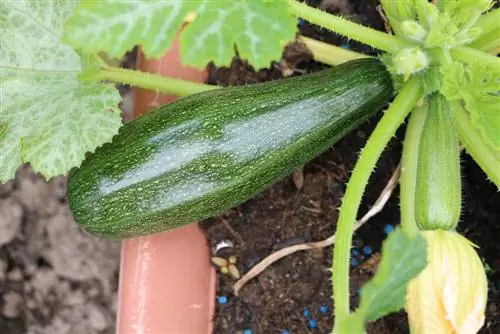
The seeds of these plants are large and thick. They contain significantly more reserve substances. This means they sprout more vigorously and can easily make their way through the earth to the surface. Of course, the seeds of dark germs can also rot in the soil, but this is usually due to too much moisture.
Sowing instructions
As already mentioned, the seeds are inserted into the soil to a depth equal to twice the seed strength and covered with soil or sand. In light soils, the sowing depth can be slightly deeper if necessary. In heavy soils that tend to become muddy, the seeds should be planted less deeply. The exact sowing depths can usually be found on the seed bags from the respective manufacturer. In addition to the optimal depth, you should also not ignore a balanced supply of water.
Tip:
After germination, of course, the plants of dark germinators also need light for photosynthesis.
Examples of dark germs
Herbs
Parsley, chives, borage, nasturtium, lovage, lemongrass, coriander, chives
Vegetables
- Eggplant
- Lamb lettuce
- Cucumber
- Pumpkin
- Sunflower
- Zucchini
- Corn
- Bush beans
- Cauliflower
- Chilis
- Peas
- cabbage
- Chard
- Carrots
- Peppers
- Leek
- Radish
- Radish
- beetroot
- Spinach
- Onions
- Black salsify
Ornamental plants
- Monkshood
- Fuchsia
- Pansies
- Hollyhock
- Lupine
- Snowdrops
- larkspur
- Lily
- Asters
- Mallow
- Cornflower
- Morning glory
- Marigold
- Gypsophila
- Bell Vine
- Christmas Rose
- Storksbill
- Zinnia
- Student flower
- Jewelry basket
Light neutral germs
The different types of germs also include the so-called light-neutral germs. Here germination occurs independently of the influence of light. That is, it doesn't matter whether the seeds are covered with soil or not. This particularly includes plants that grow in places with frequently changing light conditions. They are the least picky and tolerate both low and intense exposure. This type of germ can be found under most crops and summer flowers such as: B. CorianderandSunflowers.

